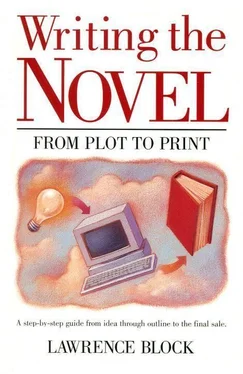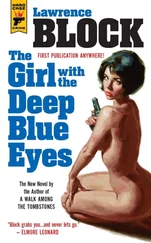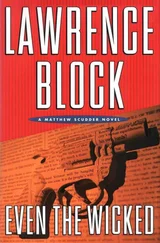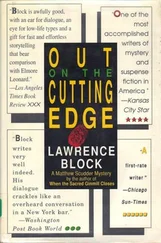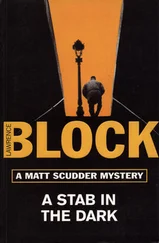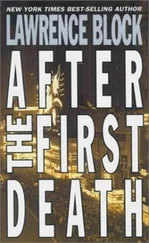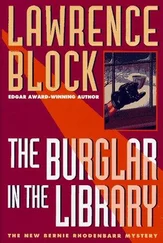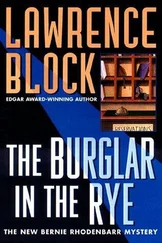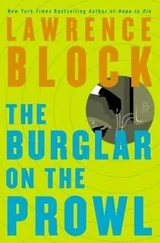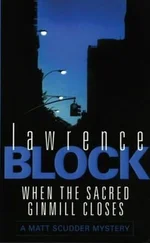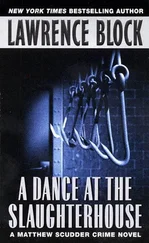But people who outline carefully can have the same sort of plot trouble. For them — or for me, with those books in which I use a detailed outline — the problem comes when the book grows apart from its outline. Perhaps a certain character has taken shape in such a way as to make what’s scheduled to happen no longer viable. We spoke earlier of the need for flexibility, stressing that you have to be willing to adapt your outline to allow for the organic growth of your novel. When this happens, you’re in the same place as the person writing without an outline to start with. You have to figure out what happens next.
The image that comes to mind when I think of this sort of snag is that of a log jam. I’ve generally got enough ideas in my mind but they’re snarled up like floating timber in a river, pinning each other down, getting in each other’s way. If I could just shake things loose the book would flow downstream with no trouble at all.
The best way I’ve found to jar thoughts loose is to talk to myself at the typewriter, babbling away at myself without regard to style or sense, producing something that’s a combination of stream-of-consciousness, letter to self, and outline of the remainder of the book. I usually throw these things away when they’ve ceased to be useful — I’ve never seen the point in saving remnants for posterity, figuring it’s unlikely enough that posterity will be interested in my books, let alone my literary fingernail clippings. With my most recent book, however, I ran headlong into what looked at the time to be a serious plotting problem. I resolved it by chattering to myself at the typewriter, and I haven’t yet discarded the gibberish I produced, having realized at the time that it might come in handy to illustrate a point in this present volume. Here, then, is how I talked to myself during a difficult stage of The Burglar Who Liked to Quote Kipling:
All right, where’s the book going? Bernie stole the book from Arkwright on Whelkin’s orders. Then went to meet Whelkin at Porlock’s apartment. She drugged him, and when he woke he was framed for her murder. Meanwhile, a Sikh tried to get the book from Bernie and went off with the wrong book.
Okay. Say the Sikh worked for the Maharajah of Jaipur. Madeleine Porlock was being kept by somebody, stole the book and sold it to Arkwright. Suppose Porlock was sleeping with Arkwright, kept by him. Bernie could know this from fur labels in her closet. She and Whelkin knew each other — that’s why she wore the wig to the bookstore — and she managed to learn that Whelkin was going to try to steal the book via Bernie.
Suppose Arkwright wanted the book to swing an import-export deal with a Saudi Arabian big shot who collects anti-Semitic material. The book would be a sweetener. Arkwright’s enough of a collector to have gotten into a book discussion with the Saudi.
Suppose there were a couple of dozens of these books. Whelkin got hold of the cache in England and faked the Haggard inscription on all of them, selling them one at a time to rich book collectors with the proviso that they keep it a secret. He’s sold a copy to Arkwright. Then he finds out Arkwright is going to show his copy to the Saudi. He has to get the Arkwright copy back or the Saudi will know there’s been fraud committed.
Who killed Porlock?
Could be Whelkin. Say Whelkin worked through Porlock to get Arkwright to buy the book. Porlock was trying to recover the book herself to sell it elsewhere. Whelkin entered the apartment after she drugged Bernie and killed her, framing Bernie for it.
Or suppose it was Arkwright? When he found the book missing he suspected Porlock engineered the theft. He figured she played him for a sucker and shot her and left the gun in Bernie’s hand to get rid of the disloyal mistress and the actual burglar in one swoop. Bernie could half-recognize the gun from having seen it in Arkwright’s den.
What about the Sikh? He works for somebody, the Saudi or the Maharajah, who cares? and he learned that Bernie had stolen the book....
This process of talking out loud goes on for another couple of hundred words, with more possibilities brought up and discussed and set out for inspection. Then I wrote an outline of the next three chapters to be written, and then, unblocked and a little bit clearer, I sat down and wrote them.
That wasn’t the end of my problems with The Burglar Who Liked To Quote Kipling. The plot was a complicated affair and it continued to work itself out as it went along, and twice more I rolled a sheet of paper into the typewriter and did some thinking on the keys. Both times I managed in this fashion to shake something loose and I was able to continue plotting and writing the book, carrying it through to completion. I not only finished a book that at one point looked unworkable, but I wound up producing a novel I’m pleased with.
If instead I had put it on the shelf to sort itself out, I’m certain it would still be there, gathering dust and serving as the source of monumental guilt. Snags and dead ends don’t sort themselves out, I’ve come to believe. They get sorted out, and it takes work, and you have to do it yourself.
You don’t have to do this sort of thing on paper. Some writers find it useful to talk this sort of a problem into a tape recorder. Later they play back the tape and find out what they’ve got in mind. Others work things out by discussing things with a friend. Not every friend will do for this process, and you have to experiment to determine which of your acquaintances serves you best as a sounding board. Some people — well-meaning, certainly, and often creative themselves — serve only to stifle your imagination. Others prove enormously helpful, perhaps because they’re capable of listening so attentively. The person you select may be an agent or an editor. It may as easily be someone unconnected with the business, someone who doesn’t even read much. You can try different people to see who does you some good, bearing in mind the distinct possibility that this is a process you can only handle on your own.
Sometimes my difficulty in writing Chapter Eleven is directly attributable to the way I wrote Chapter Ten. If I take a wrong turn in a book, that can fence me in further down the line.
The answer’s clear enough. You drop back fifteen yards and punt. In other words, I go back to where things took that wrong turn and start rewriting at that point.
The problem lies in knowing when that’s what’s hanging you up. Happily enough, the solution sometimes works even when this isn’t the real problem. Maybe you’re blocked because of atmospheric conditions, or phases of the moon, or what you had for dinner last night. Even so, redoing a chapter you’ve already written may start the juices flowing and unblock you all the same.
When John D. MacDonald goes stale, he props open somebody else’s book and starts copy typing. After a few paragraphs or pages, he finds himself changing a word here and a phrase there, improving what he’s copying. Pretty soon he’s ready to get back to work on something of his own.
Perhaps you’ll find this approach useful should you go stale in the course of writing your novel. There are a few other suggestions that may or may not prove helpful.
Read what you’ve written.Suppose you’ve had to spend a week or two away from the manuscript, not because you’ve been avoiding it but because something else came up. The danger here is not just loss of momentum but that the book slips out of mind. Take your time and read it over before plunging back into it. You may even want to read it more than once. Remember that, important as it is for us to stay in the now while we write a book, a portion of our mind deals with the past and the future — i.e., what we’ve already written and what we’ll be writing next. Reading the manuscript recharges those batteries.
Читать дальше
